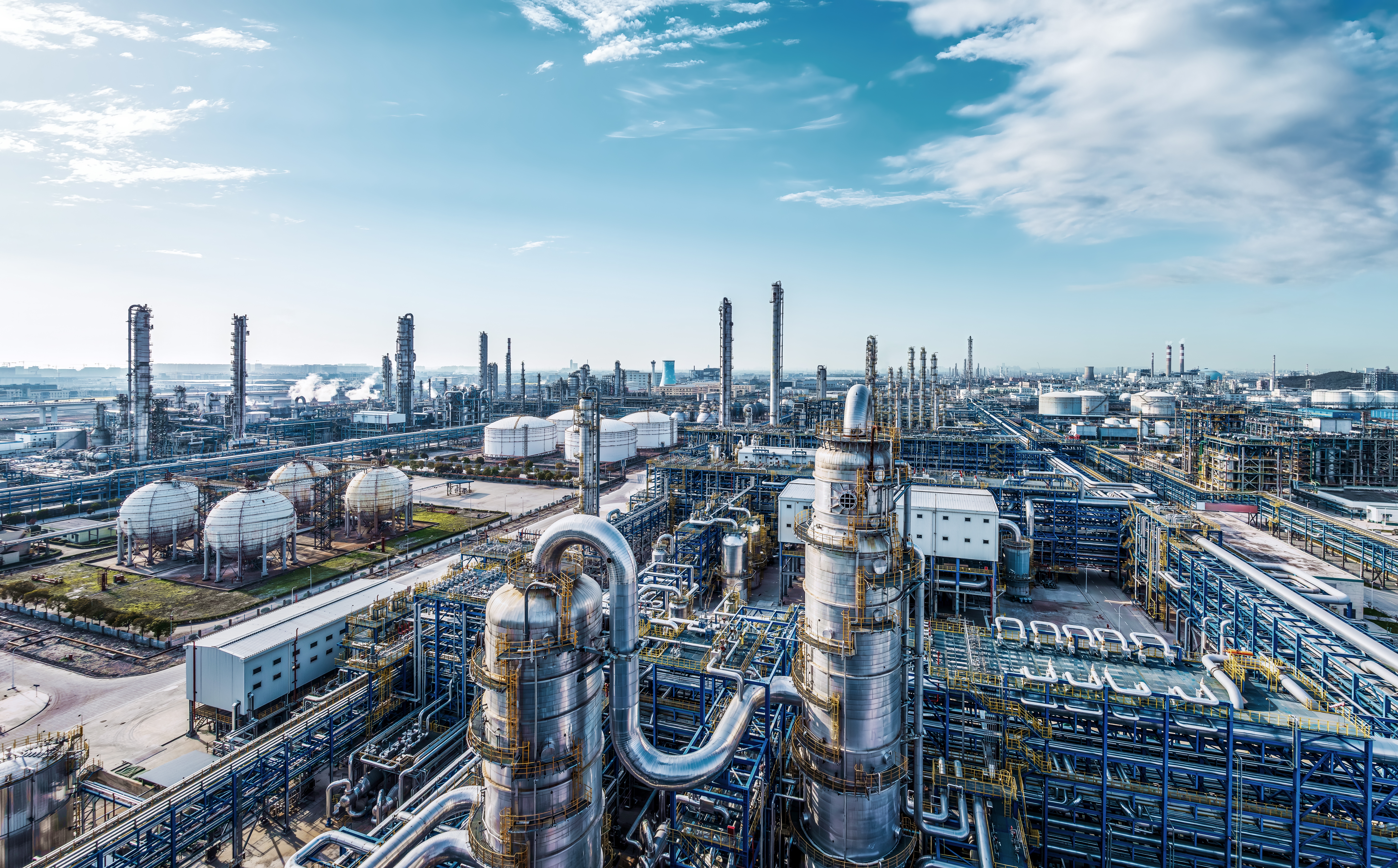Tank blanketing is a process used by various industries to prevent air, moisture, and other contaminants from entering a storage container. It involves introducing an inert gas into the container, which displaces oxygen and thereby reduces or eliminates the risk of moisture condensation and other elements that could compromise the quality of the product.
Benefits of Using Nitrogen Gas
Nitrogen is considered the most effective gas for tank blanketing due to its non-combustible properties. Common applications of nitrogen for blanketing include:
- the prevention of oxidation in cooking oils and other liquids
- Preparation of products for transport
- final packaging of food products
- Prevention of harmful contaminants entering the storage space.
- Prevention of the buildup of volatiles in an enclosed tank, pressure vessels or storage containers
Oxidization is a significant concern for many industrial facilities, as oxygen can react unfavorably with various materials, impacting the product’s quality. Oxygen can greatly influence the quality, taste, and functionality of different products, which is why tank blanketing is a crucial aspect of the manufacturing and packaging industries.
Benefits of Using a Nitrogen Generator
Over the years, technological advances have enabled more industries to harness the power of nitrogen through efficient N2 generation systems. South-Tek Systems stands as the leading manufacturer of high-purity nitrogen generators, which are commonly used in tank blanketing applications. Utilizing a nitrogen generator for your facility’s blanketing system can enhance safety, cost-effectiveness, and reliability.
Because a nitrogen generator produces its own nitrogen supply from the surrounding air, the risk of running out or needing to manage high-pressure nitrogen cylinders is eliminated. Additionally, since nitrogen is a dry, inert gas, the likelihood of combustion is practically eradicated. Nitrogen generators from South-Tek Systems are sized appropriately to meet your nitrogen purity and PSIG flow requirements. If maintained properly, they are designed for long-term duty cycles.
